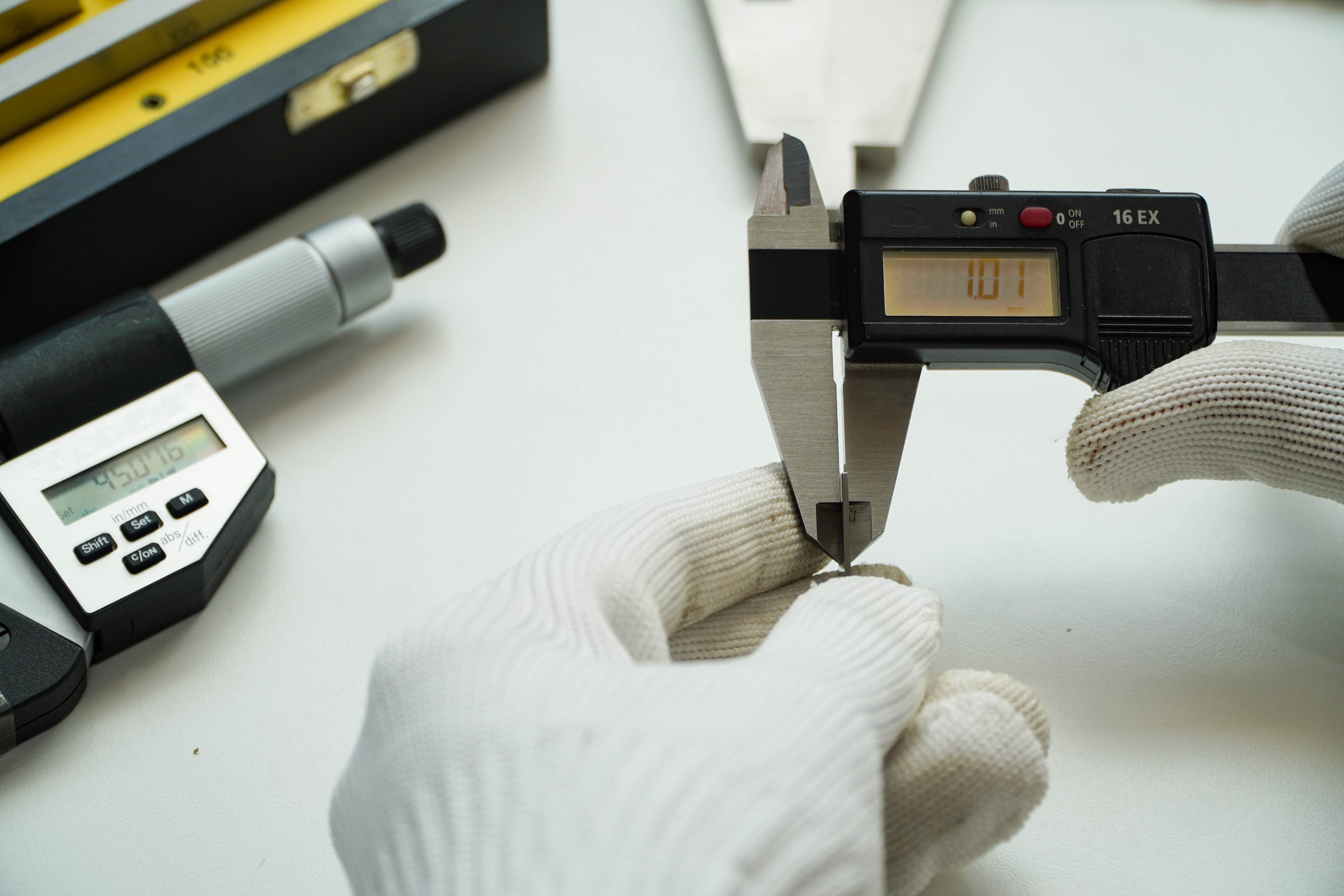Introduction



Counting things is easy for us now. We can count objects in large numbers, for example, the number of students in the school, and represent them through numerals. We can also communicate large numbers using suitable
It is not as if we always knew how to convey large quantities in conversation or through symbols.

Symbols
Many thousands of years ago, people knew only small numbers. Gradually, they learnt how to handle larger numbers. They also learnt how to express large numbers in



All this came through collective efforts of human beings.Their path was not easy, they struggled all along the way. In fact, the development of whole of Mathematics can be understood this way. As human beings progressed, there was greater need for development of Mathematics and as a result Mathematics grew further and



We use numbers and know many things about them. Numbers help us
Think about various situations where we use numbers.






We enjoyed working with numbers earlier. We have added, subtracted, multiplied and divided them. We also looked for patterns in number sequences and done many other interesting things with numbers. In this chapter, we shall move forward on such interesting things with a bit of review and revision as well.

